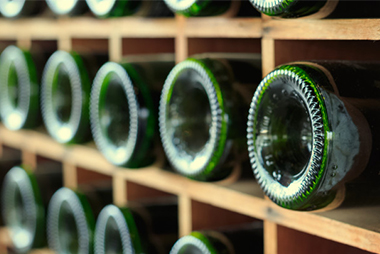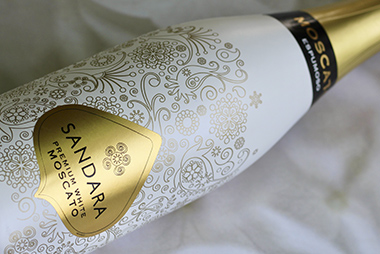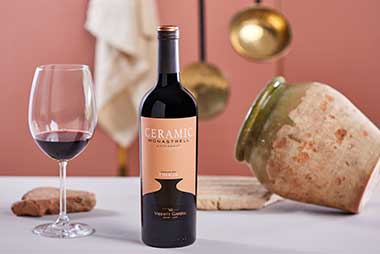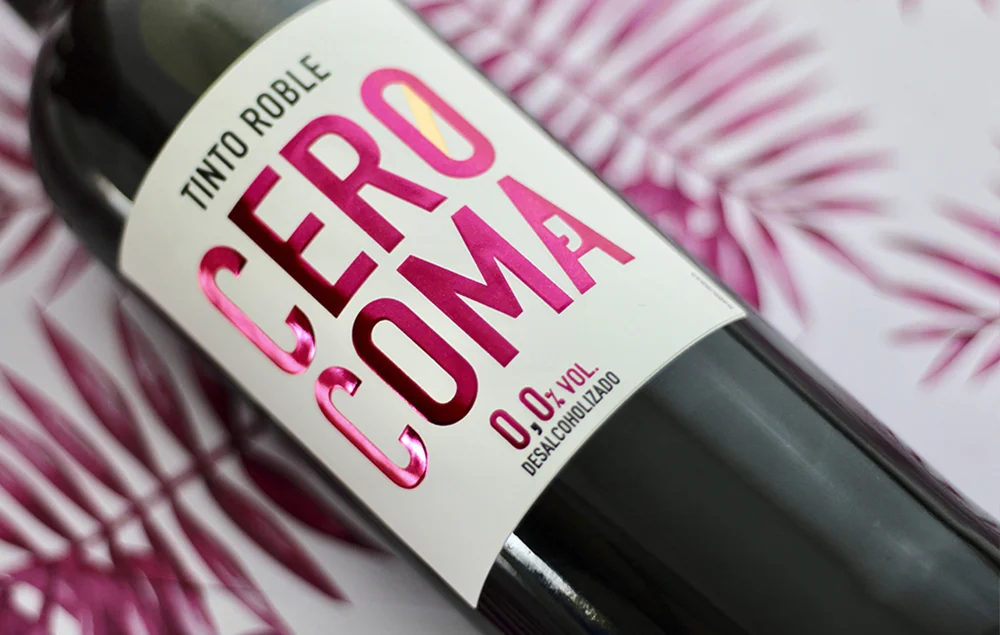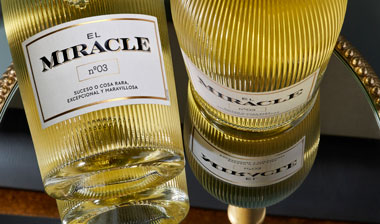The next step after purchasing the wine, before consumption, is its perfect conservation. The best way to do this is in a wine cellar, in storage cabinets or air-conditioned cabinets, which reproduce the ideal conditions for your wine to be perfectly conserved. The problem is that they are often expensive and difficult to obtain.
So if you do not have one, don’t worry, we will tell you how you can keep your wine in a wine rack, a normal one, which you can find in any store at no great cost. You only have to take into account these 6 basic conditions:
How to keep wine in your wine rack
Protect it from light. Both sunlight and fluorescent lights emit UV rays that can damage the wine, giving it an unpleasant odour. Dark wine bottles protect the wine better. Some glass even has UV filters. Therefore, the vast majority of red wine bottles are dark, because they lend themselves better to being stored without the wine losing its quality. Although not all wines respond equally to the passage of time (this depends on many factors such as processing, type of grape, ageing, etc.). Red wines can be stored in the bottle for between 2 and 10 years, depending on the type (young, aged, reserve, special reserve). The white wines and rosés must be consumed in the year following their harvest, and can in some cases, such as with aged white wine, be stored for the two or three years after harvest.
If you cannot protect your bottles from light, it is best to keep them in their box or wrap them in an opaque cloth.
Keep them in a horizontal position If the storage time is prolonged (more than a month), in order to prevent the cork from drying out (this could allow the outside air to pass through their pores and spoil the wine) it is advisable that the wine bottle be in kept in a horizontal position, even for reserve and special reserve wines, tilting the bottled towards the cork, so that the wine always keeps the cork moist.
For reserve wines, if the bottles are in their box, you can place the box upside down.
It is also advisable that the wine label be at the top, so you can see if there is sediment in the wine.
Constant temperature. The temperature must not exceed 24ºC, since at this temperature the wine begins to oxidise. Furthermore, the temperature should not fall below 5ºC, therefore, choose the most appropriate place in your house for your bottle, away from heat sources, such as the kitchen or electrical appliances. Abrupt changes of temperature can lead to the premature ageing of the wine.
Control the humidity. Choose a place without too much humidity, but which, at the same time, is not too dry. The correct humidity levels for a home are sufficient, around 40 – 50%, although ideally humidity should be between 60 – 70%. This prevents evaporation and keeps the cork moist so that it does not let air in. Excessive moisture facilitates the growth of mould and causes the labels to peel off.
Do not move it. If possible, wine should be stored in such a way that it is easy to access without having to move the bottles. Even heavy traffic vibrations, engines or generators, can have adverse effects on the wine.
Isolate the wine. The wine “breathes” and the external smell can penetrate through the cork, so you should place it in a place with good ventilation and isolate it from anything that emits strong odours.
Surely at home you have a corner that meets these conditions. Now you know how you can conserve your wine without spending a lot of money. You can buy cases of wine that are on offer saving you a lot of money.

